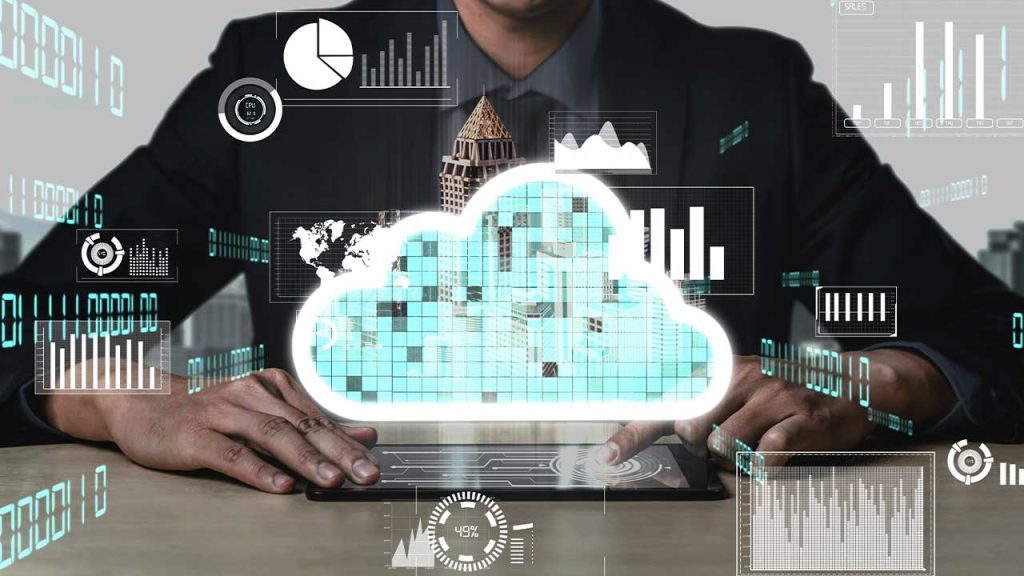Critical Digital Solutions to Support a Sustainable Energy Transition
In a recent Virtual Roundtable from ABB, “Critical Digital Solutions to Support a Sustainable Energy Transition,” industry experts discussed how digital innovation and technology are key to a successful and effective energy transition. These are some of the questions that weren’t addressed during the session due to time limitations.
Artificial Intelligence/Machine Learning
Q: One hears a lot about machine learning and AI now days. What does ABB see as AI’s role viz-a-viz ABB solutions being offered now and in the future? Can you comment on the cost of transition and how it is, or could be, funded?
A: AI is a prediction machine. Better AI leads to better predictions. Being able to predict (for example, machine faults and system failures) will eventually pay for itself in efficiency gains and increased production.
Q: Would edge-to-cloud and AI-assisted computer vision drive energy industry, smart manufacturing & digital innovation (industry 4.0 or Lighthouse factory approach), ABB perspective on it?
A: Anything is possible here, but not everything is economical. AI-assisted computer vision may be used, for example, to read older dials and gauges on aging equipment so that it doesn’t need to be replaced. However, it’s unclear if it will be cheaper to use AI-assisted vision or simply replace the instrument. There must be value created by the AI-assisted computer vision that is more than the next best alternative, which in this case is to replace the instrument.
Q: How can AI help in existing client assets and plants?
A: Again, AI is a prediction machine. Where there is value in being able to predict the future or future scenario (e.g. supply or materials disruption), an AI can help.
Workforce/People Skills
Q: Can you share some thoughts on how you upskill or build the skills needed to deliver these integrated solutions and keep them current? How did you identify critical skills and keep the employees engaged?
A: Current workforce requires an agile, constantly learning, mindset. Unfortunately, technology changes at a pace that far outweighs our ability to keep pace, so picking a focus and learning as you go is required.
Q: What is value of deployment of OTS early in a migration or green fields project?
A: For Operator Training Simulators, the value is that people learn in a simulated environment without causing harm to an actual plant. They can develop skills before the actual plant is built and be ready to operate once construction is complete.
Q: How do you tell people that smart systems need ongoing support and updates, it is not just a one-shot project at the beginning and it will run forever, and that it’s not free even if they save some money over time?
A: The statement you made is clear: provide this context for potential customers. Some clients believe us because they have been down the road already and learned for themselves, and some do not believe us because they have not had the experience of building maintaining a product. Our clients do not want to be software product manufacturers, because it’s not what they are good at. Sometimes they understand this, and sometimes they must learn for themselves.
Watch the full Critical Digital Solutions to Support a Sustainable Energy Transition Virtual Roundtable from ABB on-demand to learn more.
Speakers:
- Brandon Spencer, Division President, Energy Industries
- Gino Hernandez, Head of Global Digital Business, Energy Industries
- Kevin O’Donovan, Technology Evangelist (Moderator)



